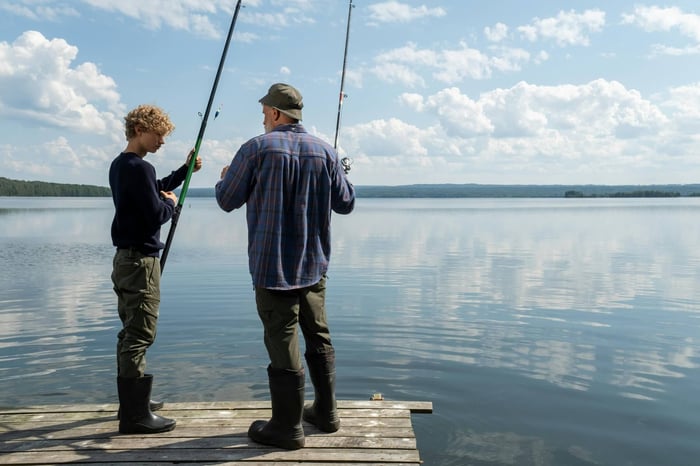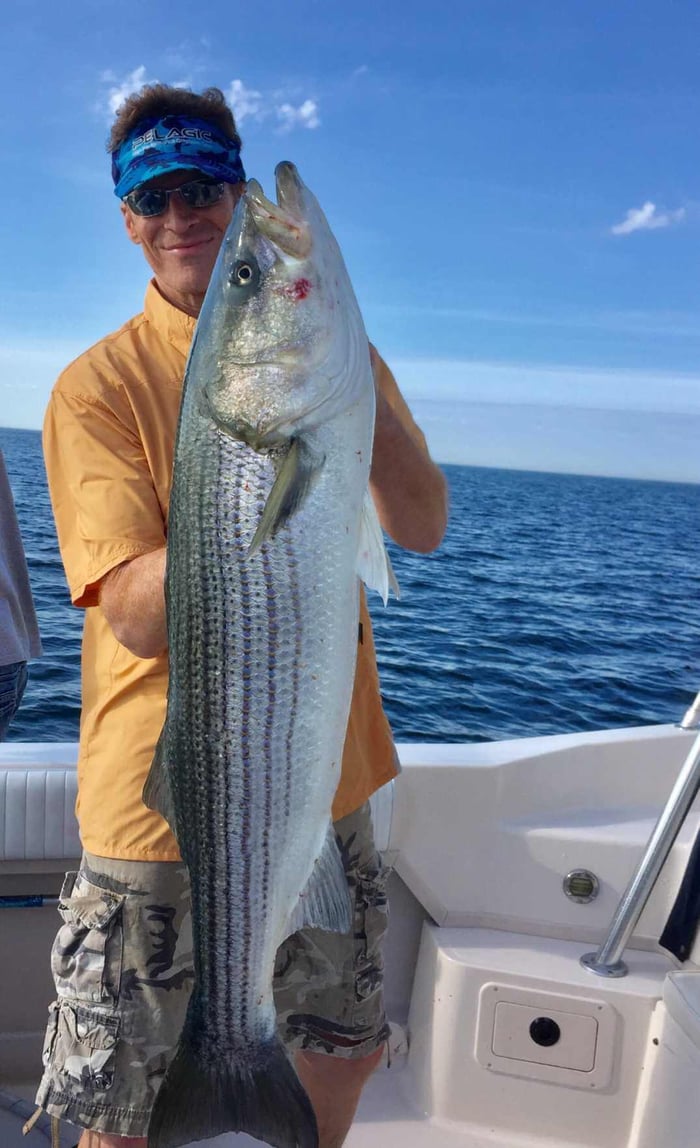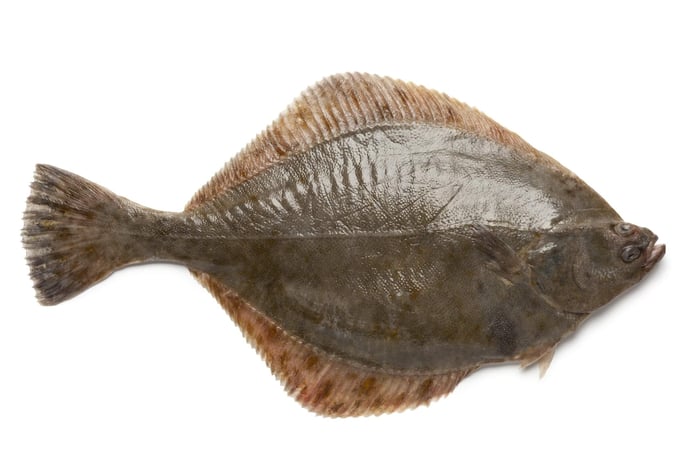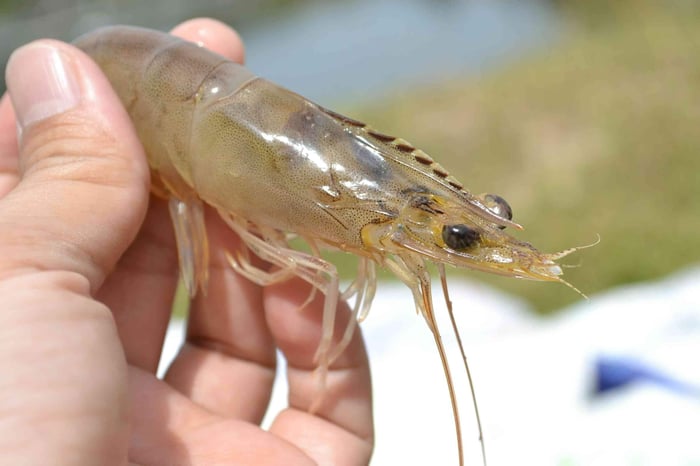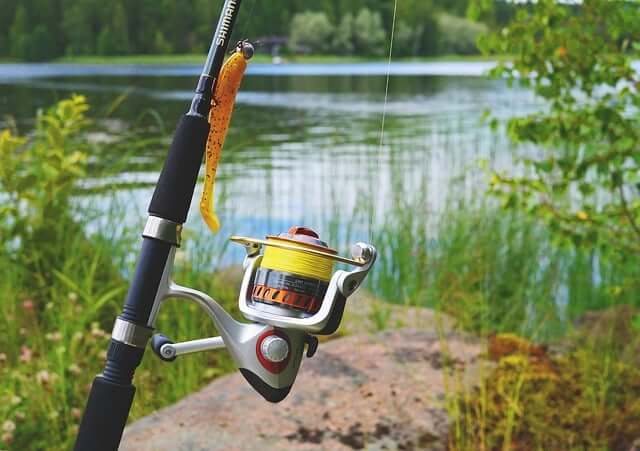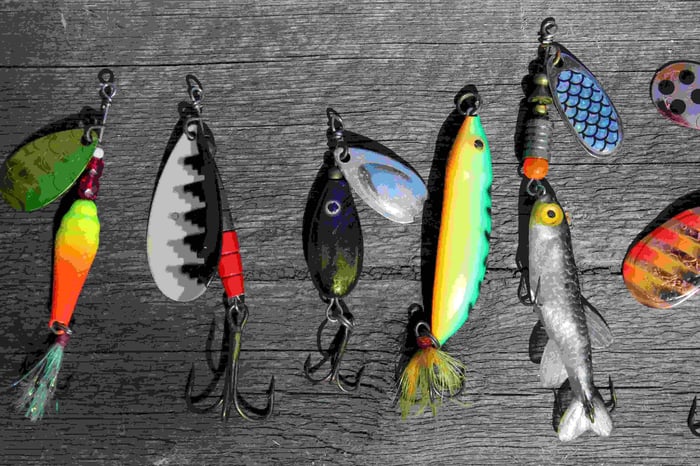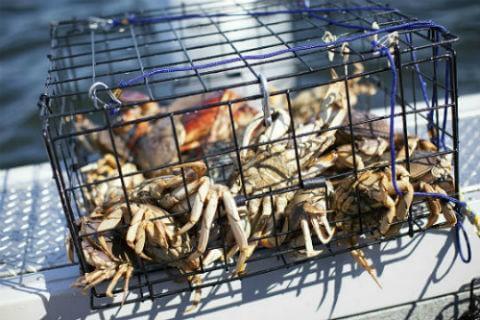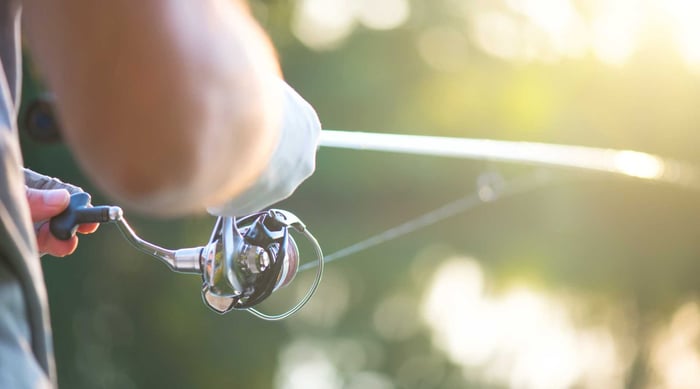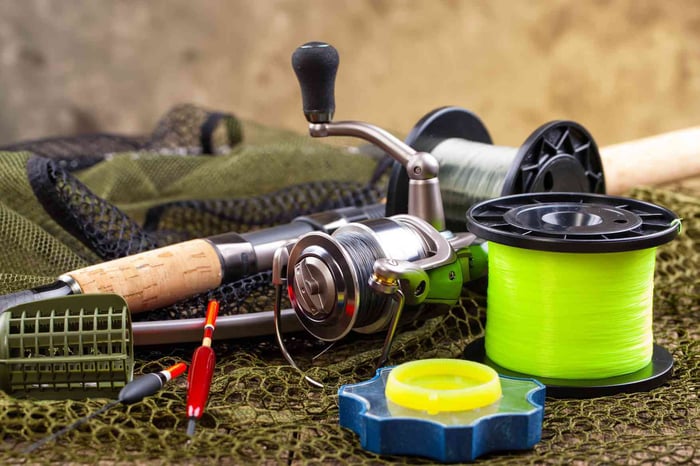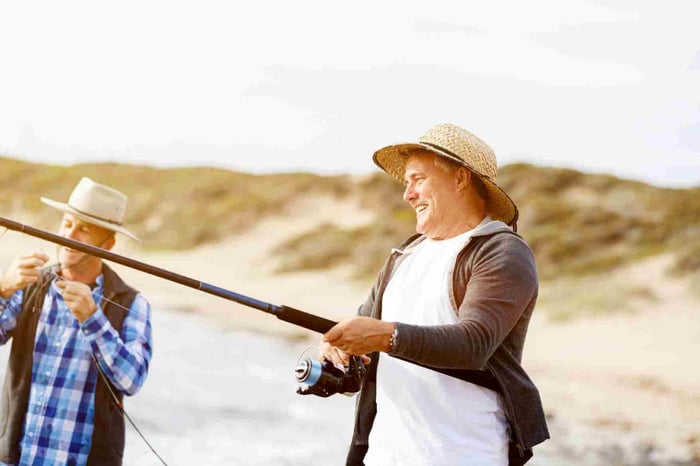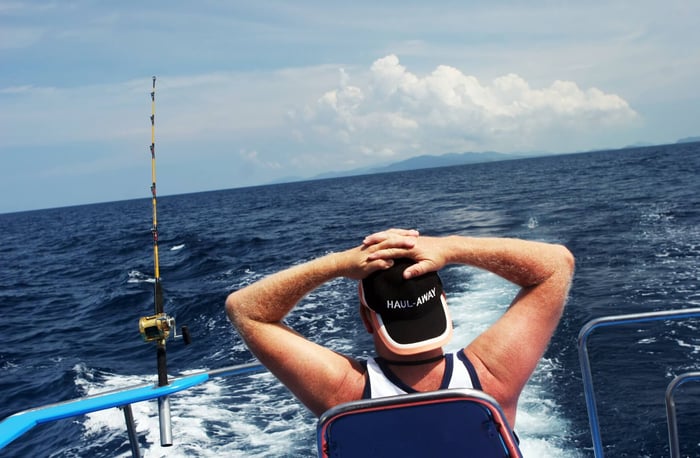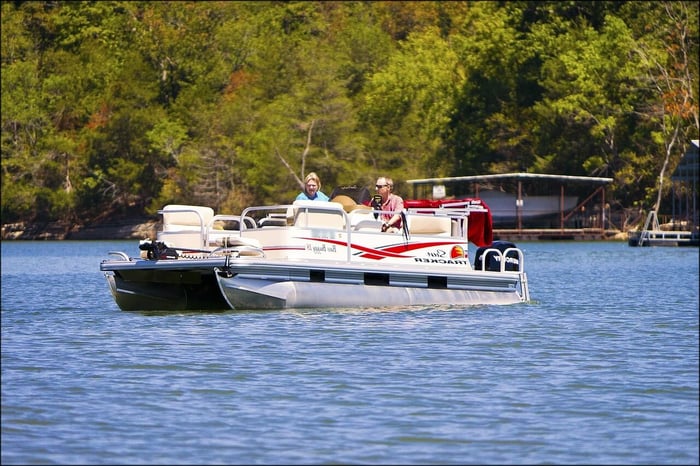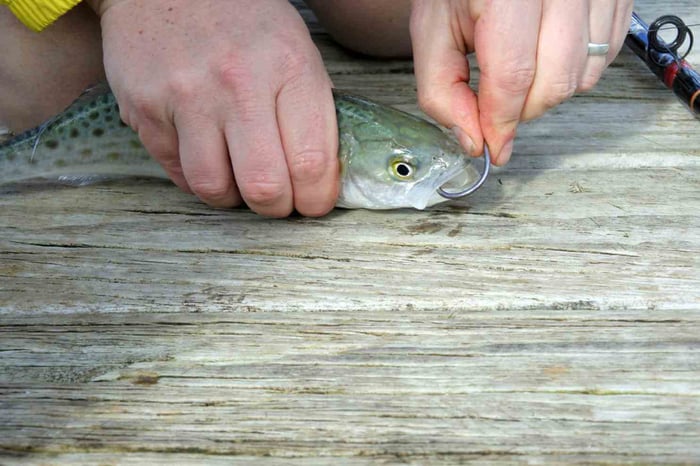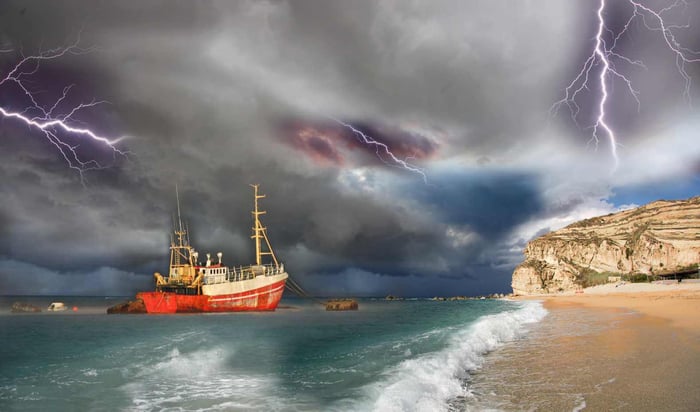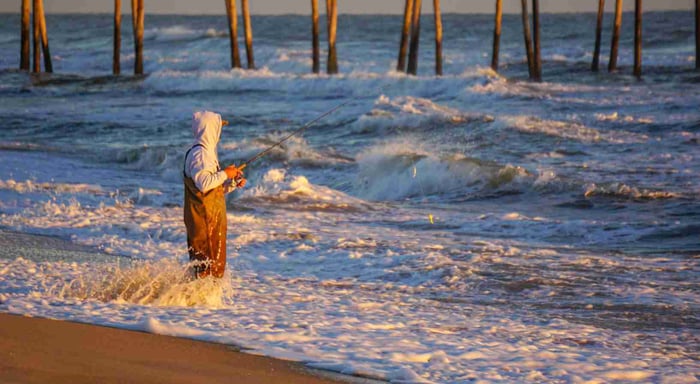Table of Contents
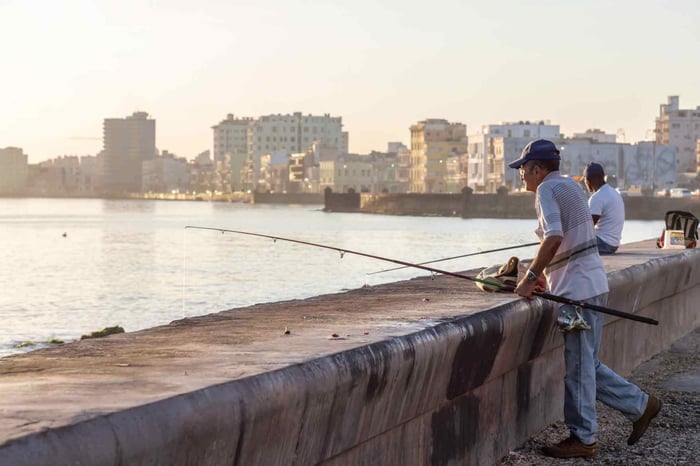
Pier fishing is a unique and enjoyable experience.
You step out over the boards, peer down into the water, and that's all.
You don't even have to be on a boat, and you're not trapped on the sand either.
The pier provides you with reach, stability, and access to fish that surge in with the tide.
But, with all of that reach comes a couple of headaches.
Of course, it's not butterflies and rainbows.
The height alters how you fight fish. Plus, a heavy tide will sweep your rig beneath the pilings.
Leaders can't tangle in a hurry if a hooked fish darts towards the structure.
Even bringing a catch to the surface can be somewhat challenging.
I mean, you need to be extra careful when you're lifting it up ten feet or more.
It's a different type of challenge. But honestly? That is another reason pier fishing is so addictive.
Diversity is another factor that people just love doing.
The mackerel stripe through in schools close to the surface.
The pompano patrol the sandy bottom in groups of a few.
Flounder hold still in cover, waiting to pounce.
Sheepshead cling to the pilings and crush barnacles.
Now and again, a striped bass comes cruising. That's honestly enough to make pier fishing so attractive to anglers.
Each one of these fish is made up of its own rules. You just can't use the same "technique" for all fish. And yes, rig is basically what bridges the gap.
In this article, we will discuss all about these. Easy rigs that actually work. When to use them. And some tips to help you make the most of a day on the pier.
The Whole Gist of Pier Rigs
You are standing higher. So, naturally, your line comes into the water at a sharp angle.
That makes it simple for a fish to yank you into pilings, and it also puts more strain on knots and leaders.
Even small fish can rub you off if your rig isn't built or made properly.
Abrasion is always a factor in pier fishing. That is why rig choice depends on conditions.
A strong current often requires a heavier sinker.
Clear water might demand a lighter leader.
If you want to catch more fish, you need to match the pier fishing rig setup to the speed of the tide, the clarity of the water, and the type of species you are targeting.
Spanish mackerel want a quick-moving bait fish near the surface.
Flounder cling to the bottom and will take shrimp or cut bait where the sand shelves off.
Bull reds and the other larger species need heavy tackle and occasionally a wire leader in the presence of toothy mackerel or king mackerel.
Each rig shares the same basic component.
Leader, sinker, hook, swivel, and main line.
Here's an optional thing to do: (1) attach a float to lift live bait and (2) attach a bead to cover your knots.
Some anglers stock a small bag at local bait shops with only what they believe in, and that tackle box might look a little bit different from pier to pier.
A point to note is not to overbuild your rigs.
Heavy line, too heavy beading, or a drag sinker that draws like an anchor will frighten fish away.
A simpler rig offers better control, easier casting, and generally a greater rate of capture.
The best rod, reel, and rig is to your own personal liking.
Well, it just allows you to tie knots easily. Additionally, you can use it with the fishing gear you currently use in saltwater or freshwater. It's just so cost-effective in a way.
The Top Pier Fishing Rigs
• High Low Rig

The high-low rig is popular on fishing piers.
For instance, it allows you to cover more water with less work.
Two hooks ride above a sinker, so you can fish one bait on the bottom and one above it.
Occasionally, the top drop gets hammered by small fish, such as croakers or spots.
At other times, the bottom hook catches flounder or even bull reds, pushing the sand.
Some also use this rig in surf fishing, where a pyramid or sputnik sinker will sit firm in current.
The most important thing here? Balance.
Tie one smaller hook and one larger hook for you to hook various species in a single drop.
Sand fleas on top and cut bait on the bottom is a good combination.
Live shrimp is also an option if you can get your own bait or grab local bait at local tackle shops.
With spinning reels or normal reels, casting this rig is easy. It falls directly and remains in place.
• Fish Finder Rig

The fish finder rig excels when you need to catch bigger fish. And preferably, with minimal resistance, right?
For starters, a sliding sinker sits atop the main line over a swivel.
A leader and hook below it hold the bait.
When a striped bass, drum, or bluefish bites the bait, it can pull without immediately knowing the full weight of the fish.
That little delay? That’s your secret weapon for a clean hookset. So, grab it.
This natural pull maintains the bite consistently and honestly gives you greater control before setting the hook. It is best used with live bait fishing, such as mullet or menhaden.
Cut bait also remains appealing with this rig because the current keeps it in slow motion just enough.
A fluorocarbon or wire leader might be the better choice if king mackerel or Spanish mackerel are present.
Some anglers even attach floats higher up the hook to suspend live shrimp or squid just above the bottom, where smaller species cannot pilfer them.
At piers, fishermen prefer this rig for fishing in deeper water and targeting larger fish.
Cast distance is good with spinning combos or conventional gear.
Carry a heavier sinker if the tide is too strong.
Carry a filleting knife and paper towel with you in your tackle box so that you can prepare bait quickly and efficiently. It saves you a tremendous amount of time.
You’ll prep bait faster and spend more time actually fishing.
Remember, keep it simple.
Overconstruction reduces drag and lowers your catch rate.
Use the right weight and bait of the day, and this rig will catch fish.
• Carolina Rig

The Carolina rig resembles the fish finder rig but acts slightly differently.
An egg sinker glides over a swivel, but the leader is attached to a fixed length.
That provides a consistent presentation on the bottom.
Flounder, sheepshead, and catfish usually want this rig because the bait rests in one place rather than floating too much.
For pier fishing rigs, this is a good option when the water is clear and you need the bait to stay in place where it was dropped.
Live shrimp, cut bait, or squid are popular choices for bait.
A shorter leader keeps the bait near the sand when catching bottom feeders.
A longer leader can assist in clear water when fish are cautious.
One thing anglers love about this rig? Speed.
Fishermen enjoy this rig because it ties quickly and easily.
Store some pre-tied leaders in your small bag or tackle box, and you can make the change in seconds if a fish wears out your line. With a spinning gear, casting is smooth and precise.
The Carolina rig is a consistent producer that catches more bass in both saltwater and freshwater, which is why many fishermen consider it a favorite. It’s one of those “always works” rigs.
• Sabiki Rig

The sabiki rig is not about catching big fish. It is about catching the bait fish that help you catch them.
This rig features a string of tiny hooks, each adorned with a bit of flash or a feather.
At the bottom, a small sinker is positioned to pull it straight down.
Drop it near pier pilings, and you can quickly fill a bucket with sardines, anchovies, or other small species.
Most use light line spinning reels for this.
A sabiki can get tangled if you are not careful, so store it in a stick or tightly roll it up in a small bag when not in use.
The best bait is usually local bait, and this rig allows you to easily catch your own.
Just remember a simple trick. Do not jerk hard.
A slow, soft lift and drop movement will get the small hooks to dance, and the baitfish will be swarming.
Having fresh live bait at hand, you can set up for bigger species.
King mackerel, bull reds, or even Spanish mackerel are easier catches when you drop what they are already feeding upon.
That’s why nearly every serious pier fisherman keeps a sabiki tucked in the tackle bag.
• Float Rig
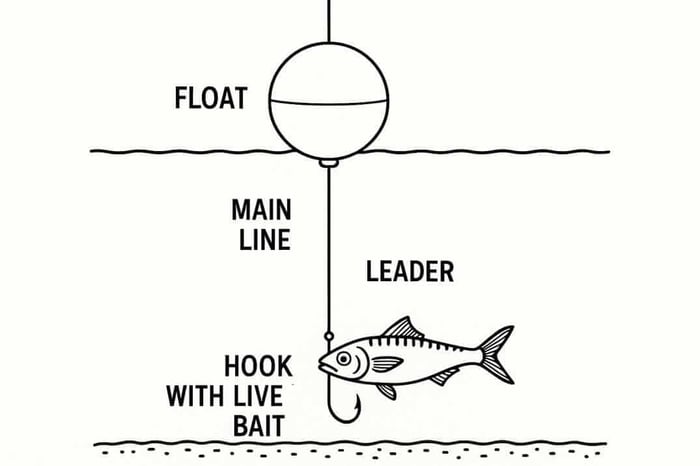
The float rig (also known as a balloon rig) keeps your bait suspended above the bottom.
With a float fixed above your leader and hook, the bait moves naturally with the current.
It’s a go-to for mid-depth hunters like mackerel or king mackerel, and Spanish mackerel will smash a shrimp drifting down in the current.
Both spinning and traditional reels cast this setup smoothly.
The beauty of a float? You see the bite before you feel it.
The float goes down, pulls, or slides; that is your cue to set the hook.
Most anglers cast one rod with a float and the other straight down with a sinker.
Having two rods allows you to have a chance at both small fish and bigger fish in deeper holes.
Keep tackle basic. A float, leader, hook, and appropriate bait are all you need.
Carry spares in your tackle box, as they can get lost or broken.
• Three-Way Rig

The three-way rig is firm and stable.
It employs a three-way swivel (hence, the name) that connects your main line, a hook with a leader, and a sinker with a dropper line.
It's a good rig to use when there is heavy current. Or perhaps, you wish your bait to remain in a straight line under the pier.
It's a good choice for catfish, drum, and large species that prefer to hug structure.
A drop net is virtually a necessity if you hook a large fish with this rig because the angle is pure vertical.
Live shrimp or cut bait is honestly enough. Additionally, a larger sinker helps keep it in position.
Anglers love this rig because other lines tend to drift away.
You can drop it down and maintain control with spinning tackle or regular reels.
It is easy to knot, easy to adjust, and reliable.
The three-way rig is usually the best rod and reel combination if your plan is to hold fish right beneath your feet.
Keep a few swivels, hooks, and sinkers in your tackle box. That’s honestly all you need to keep this workhorse rig ready to go.
What's The Right Rig For You?
Each pier has its regulars. Not only the fishermen, but the fish.
Each one eats in a different manner, so how you rig makes all the difference.
• Pompano is a classic pier catch.
They love clean water, and they love sand fleas.
A high-low rig with a small hook on each drop is the way to go.
Fish one flea high and one low, and you’ll know quick if they are running.
• Striped bass are more difficult to catch.
They prefer a meal with some weight and scent.
Cut bait on a fish finder rig is the preferred method.
The sliding sinker allows them to pull without feeling the full weight of the rod, and that produces a deeper bite.
• Flounder ambush.
They lie flat and hit upwards.
A short-leader Carolina rig with a live minnow will catch more fish on the deck than any other rig.
Let the drop sit on the sand and wait for that one sharp tug.
• Spanish mackerel and king mackerel both crave action.
A float rig, rigged with a live baitfish or live shrimp, floats at the ideal depth.
Cast it out by the pier's edges and watch the float closely.
When it runs sideways, you're hooked up. Conditions determine the rest.
Strong tide dictates a stronger sinker.
Wind behind you helps with casting, but crosswinds drive lines together.
Observe the local fishermen at the railing. Locals know, and it often saves you hours of wild guessing.
Rookie Mistakes

Even veteran anglers foul on piers. But the thing is, they learn quickly and refuse to do them again.
1. The first error is employing too-light or too-heavy leaders.
Too light, and the pilings cut them in two.
Too heavy, and the bait appears to be stiff and unnatural. Blend the leader with the species, not your pride.
2. Overcrowding rigs is another slip.
Certain fishermen attach three or four hooks in an attempt to snag more fish.
What they end up with is a tangled mess.
A simple rig with one or two hooks offers more control and a higher catch rate.
3. Pier fishing also penalizes the person who forgets abrasion resistance.
Lines get rubbed against wood, barnacles, and other lines constantly.
Keep spares in your tackle box and change them frequently.
4. And then there's the practice of riding over the tide and wind.
Slack-water rigs don't work when the current tears.
A heavier sinker or shorter leader can salvage the trip.
Adjust according to the conditions rather than staying with the same rig.
5. Another key observation is regulations.
Most piers have restrictions on the number of hooks or types of bait that can be used.
Some prohibit wire leaders or limit sabiki rigs to a specific size.
Check the signs or inquire at tackle stores. Adhering to the rules protects your gear and your day.
Final Thoughts
Pier fishing is a combination of timing, skill, and patience.
You are standing above saltwater with a rod in your hand and never know who might be eating the bait next.
There are days when it's small fish that keep you occupied.
Other days a large fish gives you a hard time, and then all of a sudden everyone on the pier halts to observe. That is the charm of fishing piers.
The proper rig is the most important thing.
It doesn't need to be elaborate. A hook, a sinker, and the appropriate bait in the appropriate location usually catches more fish than the most complex setup.
More important is being observant. Tide, wind, and how other lines act in the water say it all.
Each angler has their own option. Some make their own rigs.
Others rely on tackle stores for local bait and fresh information.
Some travel light with two rods and a small sack, while others carry an entire tackle gear set with drop nets, floats, and enough equipment to fill a Bass Pro shop. Ultimately, fishing is individual.
One key reminder: remember to have fun. Take lessons from the fishermen around you.
Don't abuse the pier and the fish. Bring a filleting knife if you're cleaning your catch, and bring at least one paper towel for cleanup.
Whatever you're pursuing, mackerel, flounder, catfish, or bull reds, the pier will continue to teach you something new.
That's why fishermen always return. Every cast seems like a fresh opportunity.
